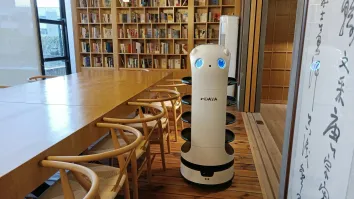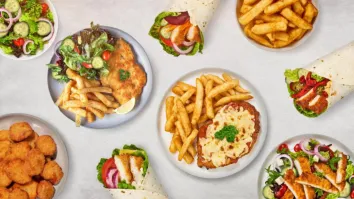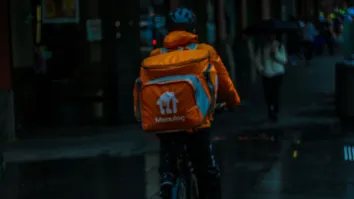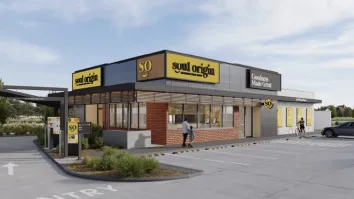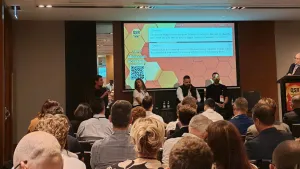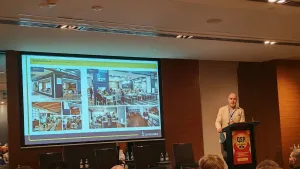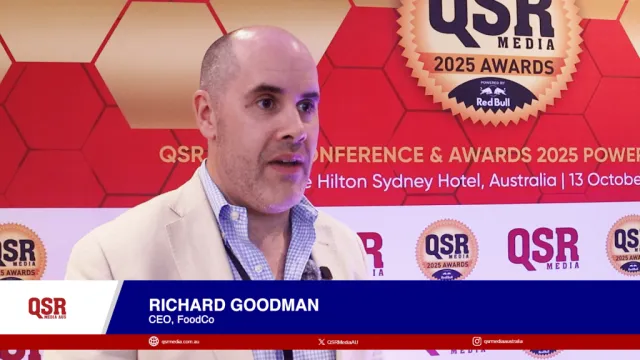
Coca-Cola Amatil's Neale Wood talks innovation & trends for Australian QSR's
In this interview Neale Wood, GM National & Key Accounts, Coca-Cola Amatil gives a local and global perspective on what's happening in the QSR space. From data usage to digital technology Neale tells us what some of the key trends are for the industry moving foward.
1/. What's new at Coca-Cola Amatil?
Digital technology seems to be on everyone’s mind at the moment and we have two areas that are high on the agenda.
Firstly - how do we help our customers reach out to more consumers through the electronic media?
One of the platforms we have recently launched is CCA Clubhouse. CCA Clubhouse is a member’s database that we are using to promote our customers’ offers to that membership. We have recently been able to tie in our membership database with those of some of our partners (AFL , NRL and Telstra)and this is helping us gain considerable reach for our customers who are providing special offers for those consumers.
Our second major digital initiative is building a customer service platform that will really service our customers’ needs. Two years ago we launched an electronic ordering platform www.mycca which we are now transforming into more than just product ordering – it is now a place where customers can order product, track the delivery of that product, find out about promotions, discover new products, place equipment service calls, track the progress of that call, pay their accounts, print invoices and find about products.
We have recently launched iPad and iPhone applications for www.mycca to help customer’s access information in their own time.
2/. What are your customers asking for?
There is always a great demand from customers for new products. The new breed of consumers are constantly demanding new offerings and whilst brand equity is still strong in many of the older brands in the Australian market, typically some new brands can be in fashion for only short periods of time, some as little as weeks.
Most of our customers also put a lot of effort into providing consumers with a point of difference with their food offerings, and growing our portfolio to help match that is a priority. At any one time we have about 70 new products being tested for market so innovation is high on our priority list.
Customers are also asking for assistance in providing marketing insights and for help in deciphering trends in their businesses. Through our relationship with The Coca-Cola Company we are able to source best practice and marketing trends from across the world and this helps us provide an extra service to our customers that they may not be able to access themselves.
3/. Where’s the QSR (Quick Service Restaurant) market heading in Australia?
The tough economic conditions over the last two years have moved the QSR market further down the value offer track and many of the national QSR chains are building their business growth on this value offer. This very much mirrors what has been happening in the US QSR market over the last 5 years and the challenge for many groups is to understand how to maintain their profitability in the future.
We are also seeing consolidation of customers within Australia with many of the major national chains building their expansion through acquisition. This is providing a big opportunity for new offerings to be brought to market and we are seeing these every week. The new offerings put pressure on the big chains to keep innovating, which is good news for consumers who are getting value and innovation.
4/. What else is on the horizon for the QSR market in Australia?
There is a lot of interest in the Australian QSR market from overseas with many of the US chains visiting regularly with a view to setting up here in Australia. For them the Australian QSR market is highly developed and the standard of food offerings is at a high level compared to other parts of the world.
Data usage will also play a big role in the future of the QSR market in Australia with many of the smaller chains now starting to see the value they have at their fingertips when they can access, comprehend and then use that data for local marketing programs. The challenge is being able to decipher what the data says and then how to use it.
Many of the bigger QSR and supermarket chains are now making big inroads using their data to develop local and personalised marketing plans and through these plans are now gaining a big competitive advantage over some of their competitors.


